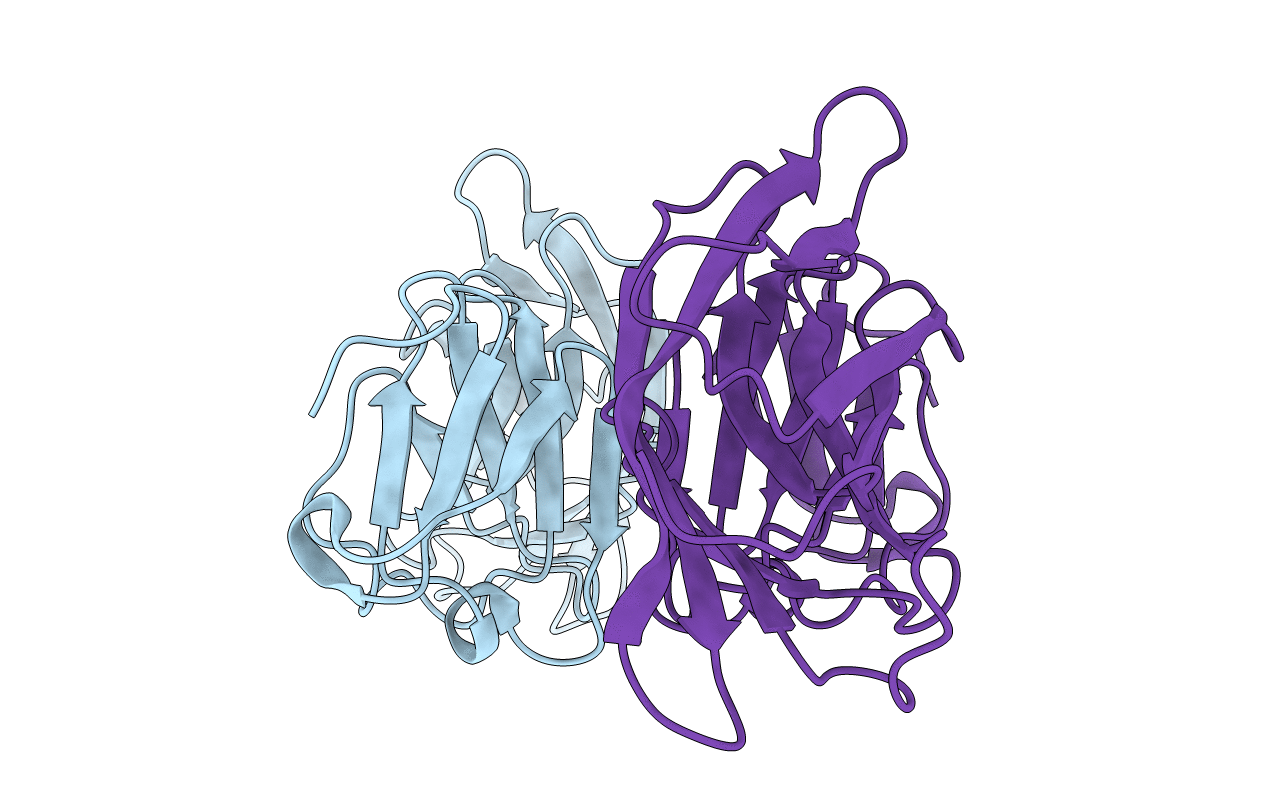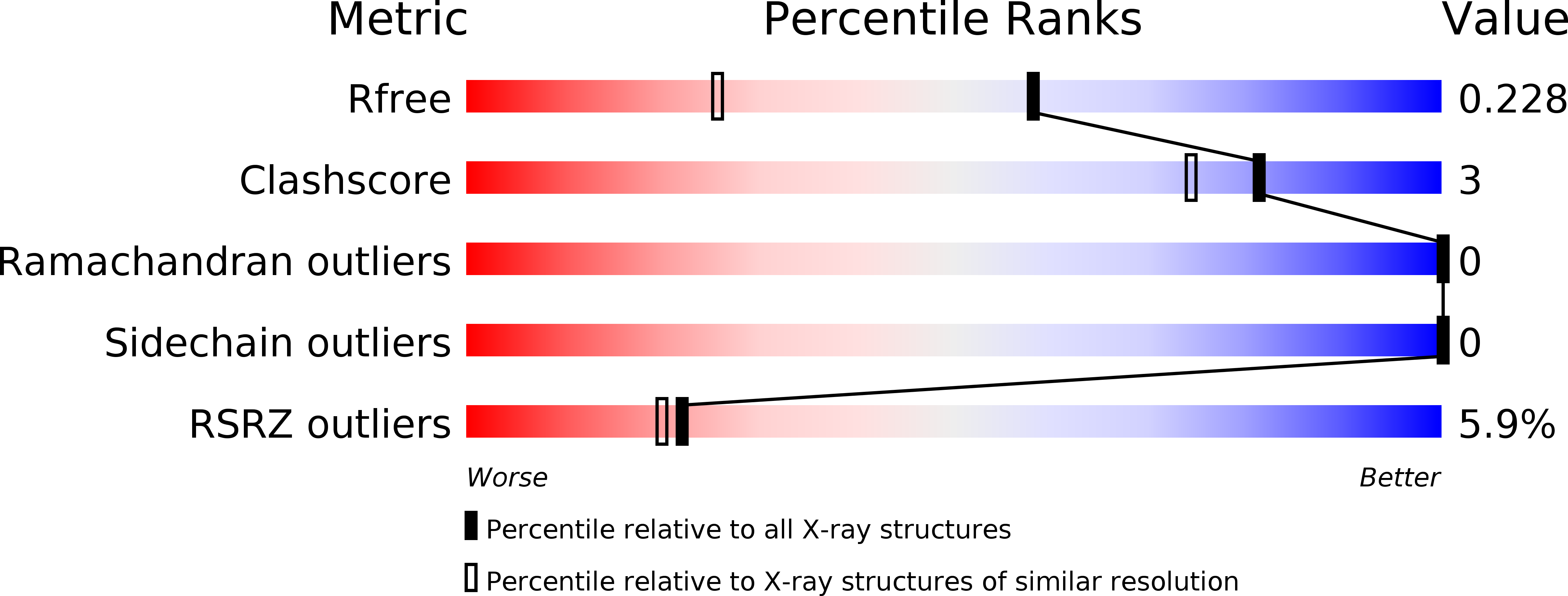
Deposition Date
2018-01-22
Release Date
2019-01-23
Last Version Date
2024-03-27
Entry Detail
PDB ID:
5Z6D
Keywords:
Title:
Crystal structure of Abundant Perithecial Protein (APP) from Neurospora crassa
Biological Source:
Source Organism:
Host Organism:
Method Details:
Experimental Method:
Resolution:
1.60 Å
R-Value Free:
0.22
R-Value Work:
0.18
R-Value Observed:
0.18
Space Group:
P 1 21 1


